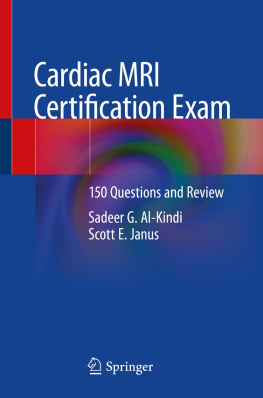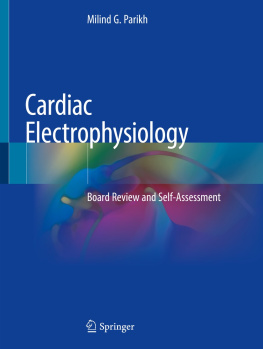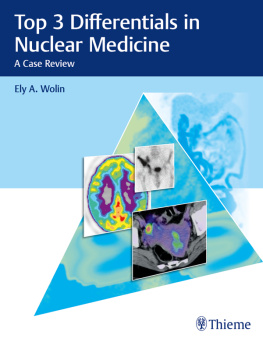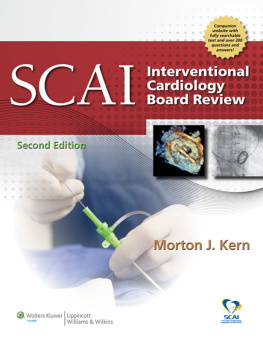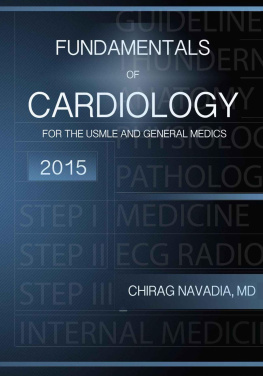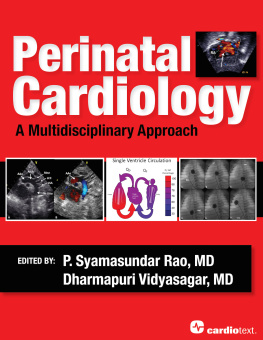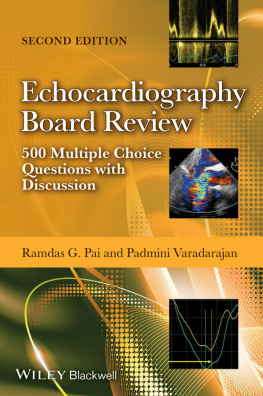Kanak Amin, Frank P. DiFilippo, and Wael A. Jaber
. A patient scheduled to undergo chemotherapy for breast carcinoma is referred for baseline equilibrium radionuclide angiocardiography (ERNA) for assessment of left ventricular (LV) function to monitor for cardiotoxicity. Which of the following statements is true?
A. ERNA utilizes technetium-99m sestamibi to tag red blood cells (RBCs).
B. Hydralazine, prazosin, heparin, and digoxin improve RBC labeling.
C. Heart/lung ratio can be calculated with this technique.
D. When calculating left ventricular ejection fraction (LVEF), background activity is added.
. Which of the following statements regarding first-pass radionuclide angiography (FPRNA) is true?
A. FPRNA can detect and quantify left-to-right cardiac shunts.
B. Technetium-99m diethylaminetriamine pentaacetic acid (DTPA) can be used for FPRNA.
C. FPRNA can evaluate right and LV systolic function.
D. Optimal results are achieved in the upright, straight anterior view.
E. All of the choices.
. Approximately what fraction of 140 keV gamma rays (technetium-99m) pass through a typical low-energy high-resolution (LEHR) parallel-hole collimator?
A. 1 in 10 (10%)
B. 1 in 100 (1%)
C. 1 in 1,000 (0.1%)
D. 1 in 10,000 (0.01%)
. If a gamma camera with parallel-hole collimator is moved farther away from the patient, how are resolution and sensitivity affected?
A. Resolution worsens, and sensitivity remains approximately constant.
B. Sensitivity worsens, and resolution remains approximately constant.
C. Both resolution and sensitivity worsen.
D. Both resolution and sensitivity remain approximately constant.
. For thallium-201 imaging, the photons detected in the 70-keV window are produced by which mechanism?
A. Bremsstrahlung
B. Gamma-ray emission
C. Internal conversion
D. X-ray emission
. In a planar gated blood pool study, 121,344 net counts are measured in the left ventricle at end diastole, and 53,311 net counts are measured at end systole. What is the LVEF? (Assume that background count subtraction has already been performed.)
. Which of the following methods of attenuation correction (AC) is not acceptable for nuclear cardiology?
A. Transmission source AC
B. Calculated AC from external boundaries
C. Computed tomography (CT)-based AC
D. None of the choices (i.e., all are acceptable)
. The frequency of energy peaking for a gamma camera should be performed:
A. Daily.
B. Weekly.
C. Only after camera service.
D. Monthly.
. The technetium-99m photopeak on a gamma scintillation camera is progressively increasing. The most likely cause for this photopeak shift is:
A. High-energy collimator.
B. Energy window set at wrong peak.
C. High-voltage supply to the photomultiplier tube (PMT).
D. Software issue.
. To check if all the PMTs are working properly on a gamma camera, which of the following tests should be performed?
A. Center of rotation
B. Linearity
C. Flood-field uniformity
D. Resolution
. The interaction of a technetium-99m gamma photon with the scintillation camera is primarily by:
A. Compton effect.
B. Photoelectric effect.
C. Pair production.
D. Scatter effect.
. In order for the technetium-99m peak to be acquired within a 20% window, the window setting should be:
A. 112 to 168 keV.
B. 126 to 154 keV.
C. 0 to 140 keV.
D. 112 to 140 keV.
. The best method to check for patient motion on a cardiac single photon emission computed tomography (SPECT) study is to:
A. Use a ramp filter during reconstruction.
B. Review the long- and short-axis images.
C. Check projection images in a cine format.
D. Ask the technologist if the patient moved.
. In a cardiac SPECT study, the acquired planar projections are first reconstructed into which body plane?
A. Transaxial
B. Long axis
C. Coronal
D. Planar
. In a multigated acquisition (MUGA) study, the cardiac cycle is divided in 20 equal time frames, and the patient heart rate is 60 beats per minute. Average time per frame is:
A. 5 seconds.
B. 50 seconds.
C. 0.05 seconds.
D. 0.5 seconds.
. Dual-head camera detectors are mounted next to each other in a 90-degree orientation to the gantry for a cardiac study; this is primarily done because:
A. The resolution is improved.
B. The time is reduced in half compared to full 180-degree rotation.
C. Scatter is reduced.
D. The resolution is increased.
. The amount of energy deposited by the radiation per unit length in an absorber is known as:
A. Specific ionization.
B. Linear transfer energy (LET).
C. Range of radiation.
D. Exposure.
. Attenuation artifacts are prevalent in SPECT imaging modalities. Which of the following statements is true?
A. Anterior wall attenuation is present in males more than females.
B. Specificity of diagnosing right coronary artery (RCA) disease is compromised in male patients.
C. Gated SPECT images are of little help in ruling out attenuation artifacts.
D. Attenuation artifacts affect the sensitivity of SPECT imaging but not specificity.
. Using AC and resolution compensation has been recently introduced in SPECT imaging. This newer technology:
A. Reduces the sensitivity of SPECT to detect coronary artery disease (CAD).
B. Improves the sensitivity of SPECT to detect multivessel CAD.
C. Improves the number of false-negative SPECT studies.
D. Reduces the number of false-positive SPECT studies.
. When comparing pharmacologic SPECT versus pharmacologic positron emission tomography (PET), all the following statements are true except:
A. PET has a higher spatial resolution.
B. PET perfusion tracers have a shorter half-life.
C. Quantification of absolute myocardial blood flow is more feasible with PET.
D. PET agents are readily and widely available.
. What percentage of 140-keV gamma rays (technetium-99m) is attenuated by 10 cm of water (attenuation coefficient of water at 140 keV = 0.15 cm1)?
. In the above situation (technetium-99m in water), the interaction of gamma rays with the medium is dominated by which process?
A. Photoelectric absorption
B. Compton scattering
C. Rayleigh scattering
D. Pair production
. Cardiac SPECT cameras currently utilize any of the following collimation methods, except:
A. Parallel-hole collimation.
B. Converging collimation.
C. Diverging collimation.
D. Pinhole collimation.
. Some solid-state cameras use photodiodes coupled to pixelated scintillation crystals. What is a main advantage of this design, compared to conventional gamma cameras having a large-area scintillation crystal with photomultiplier tubes?


